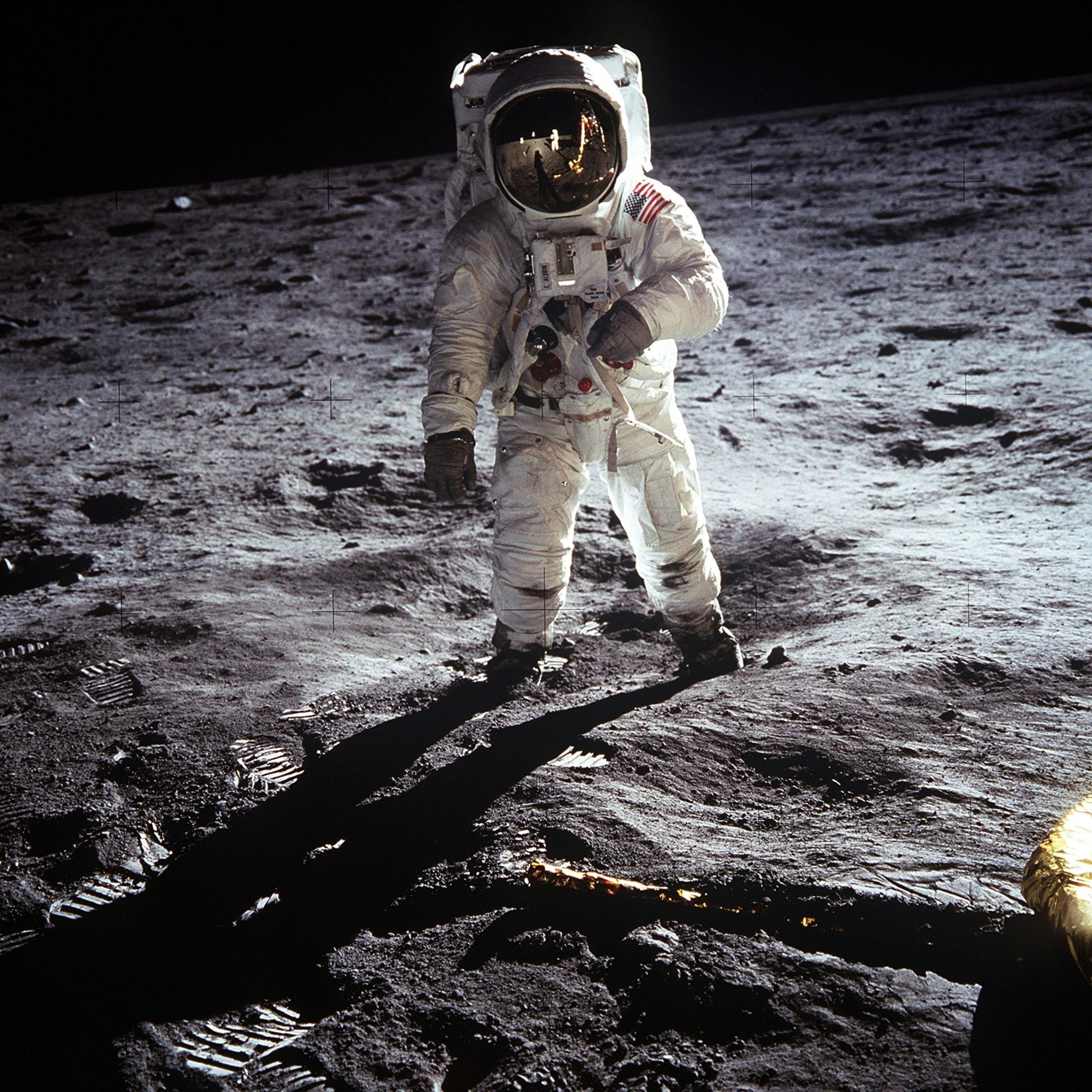If no living thing could die, the world would undergo profound and complex changes across environmental, societal, and ethical dimensions. Environmental consequences would be significant; ecosystems are delicately balanced through the cycle of life and death, where each organism plays a role in maintaining biodiversity and ecosystem services. Without death, the natural process of decay, which enriches the soil and aids in nutrient cycling, would halt, potentially leading to soil depletion and significantly altered plant life.
Population dynamics would transform completely, with both humans and animals remaining alive indefinitely. This could lead to severe overpopulation, stressing resources such as food, water, and space. Human societies would need to innovate drastically to ensure sustainable living, perhaps through advanced agriculture, and resource-efficient urban planning, and possibly even off-planet colonization to relieve pressure on Earth’s systems.
Social structures and cultural norms would also evolve dramatically. Lifelong education and career paths would need to adapt to indefinite lifespans, and personal relationships might take on new meanings with the absence of death. Ethical questions would intensify around issues like reproduction rights, given the potential for unchecked population growth, and the value of life, as the permanence of existence could shift perceptions of mortality and legacy.
Moreover, medical and technological industries would likely focus on maintaining quality of life, combating the physical effects of aging, and enhancing human capabilities, considering people might live with chronic conditions indefinitely. Governance systems would need to manage resource allocation and ensure equitable living conditions, likely fostering global cooperation on a scale never seen before.
In summary, a world without death would challenge every aspect of life as we know it, driving humanity to rethink its relationship with nature, redefine its values, and innovate beyond current technological and social paradigms.



